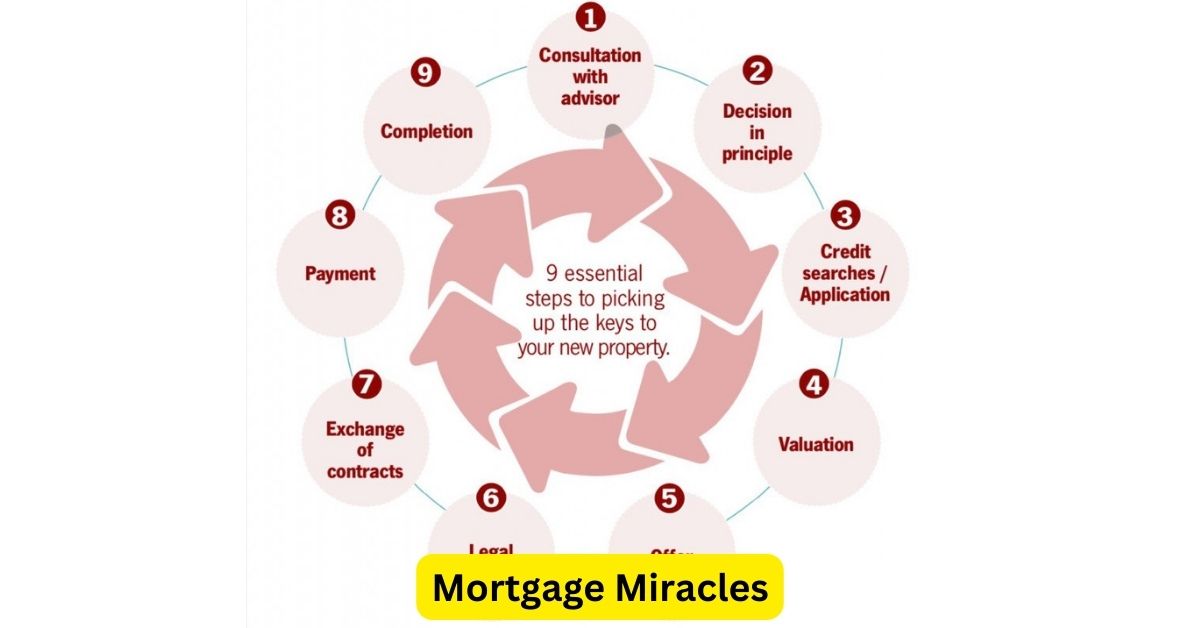Achieving homeownership is a major milestone and a dream for many. However, the journey to securing a mortgage and buying a home can be complex and daunting. With the right approach and preparation, you can navigate this process smoothly and make your dream of owning a home a reality. Here are some key steps to homeownership success.
1. Evaluate Your Financial Health
Before embarking on the homebuying journey, take a close look at your financial situation. Assess your income, savings, debt, and credit score. A strong credit score can help you secure better mortgage rates, saving you money in the long run. Review your credit report for any errors and work on improving your score by paying off debts and making timely payments.
2. Determine Your Budget
Knowing how much you can afford is crucial in the homebuying process. Consider all the costs associated with homeownership, including mortgage payments, property taxes, insurance, maintenance, and potential homeowner association fees. Use online mortgage calculators to get an accurate estimate of what you can afford, and aim to keep your housing costs within 28-30% of your monthly income.
3. Save for a Down Payment
A significant down payment can reduce the amount you need to borrow, lowering your monthly payments and overall interest costs. Aim to save at least 20% of the home’s purchase price to avoid private mortgage insurance (PMI). However, there are various loan programs available that offer lower down payment options for qualified buyers.
4. Research Mortgage Options
Different mortgage options have distinct benefits. Fixed-rate mortgages offer stable, predictable payments, while adjustable-rate mortgages (ARMs) may start with lower rates that adjust over time. Government-backed loans like FHA, VA, and USDA loans have specific eligibility requirements but can be advantageous for those who qualify. Research and compare various options to find the best fit for your financial situation.
5. Get Pre-Approved
Getting pre-approved for a mortgage shows sellers that you are a serious buyer and gives you a clear understanding of how much you can borrow. This process involves a thorough examination of your financial situation by a lender, providing you with a pre-approval letter that can strengthen your offer when you find the right home.
6. Shop Around for the Best Rates
Interest rates can vary significantly between lenders. Shop around and compare offers from multiple lenders to ensure you get the best rate and terms. Don’t hesitate to negotiate with lenders to secure better terms based on your creditworthiness and financial health.
7. Consider the Loan Term
Mortgage terms typically range from 15 to 30 years. While a 30-year mortgage offers lower monthly payments, a 15-year mortgage can save you money in interest over the life of the loan and help you build equity faster. Evaluate your long-term financial goals and choose a term that aligns with your objectives.
8. Prepare for Closing Costs
In addition to your down payment, you’ll need to cover closing costs, which can range from 2% to 5% of the loan amount. These costs include fees for the loan application, appraisal, title search, and more. Make sure you have enough savings to cover these expenses to avoid any last-minute financial surprises.
By following these key steps, you can navigate the mortgage process with confidence and ease. Thorough preparation and careful planning will set you on the path to homeownership success, turning your dream of owning a home into a reality.

